The drip technique paintingPainting is a fundamental form of visual art that has been practiced for thousands of years. It involves applying pigment to a surface such as canvas, paper, or a wall. Painting can be explored through various styles, techniques, and mediums, each offering unique possibilities for expression and creativity. Historical Background • Ancient Beginnings: The history of painting dates back to More as in “Number 1A (1948)” has become synonymous with the name Jackson PollockAmerican painter Jackson Pollock (1912 – 1955) was one of the leading figures of Abstract Expressionism and the New York School. He is best known for his large action drip paintings, which he produced between 1947 and 1952, created by pouring and manipulating liquid paint atop canvases set on the floor. Pollock was born in Cody, Wyoming and grew up More. Also called all-over paintingPainting is a fundamental form of visual art that has been practiced for thousands of years. It involves applying pigment to a surface such as canvas, paper, or a wall. Painting can be explored through various styles, techniques, and mediums, each offering unique possibilities for expression and creativity. Historical Background • Ancient Beginnings: The history of painting dates back to More or action paintingPainting is a fundamental form of visual art that has been practiced for thousands of years. It involves applying pigment to a surface such as canvas, paper, or a wall. Painting can be explored through various styles, techniques, and mediums, each offering unique possibilities for expression and creativity. Historical Background • Ancient Beginnings: The history of painting dates back to More, the technique was characterized by gestural brushstrokes and mark-making, emphasizing the impression of spontaneity. Inspired by the idea of surrealismSurrealism was a 20th-century philosophical, literary, and artistic movement seeking to channel the unconscious to access the imaginary. Proponents of Surrealism rejected the notion of understanding life in rational and conventional terms in favour of asserting the value of the unconscious mind, dreams, the strangely beautiful, and the uncanny. André Breton, the leader of a group of poets and artists More that art should emerge from the unconscious mind, Pollock and other artists like Willem de Kooning worked in an improvisatory manner making gestural marks onto the canvas. Famously Pollock would dance around his paintings laying on the ground, while applying the paint from a can or having it trailing from a stick. It was in this manner, that the artist wanted to transfer emotional impulses onto the canvas.
Where is the picture “Number 1A (1948)”today?
The original picture of “Number 1A (1948)” is on permanent display at the David Geffen Galleries of the Museum of Modern Art in New York City today.
What’s in it?
Creating “Number 1A (1948)”, Pollock refrained from using the easel completely, instead having the unstretched canvas lying flat on the ground while working on it. He combined several application techniques with every layer, applying different shadesIn color theory, a shade is a darker version of a color, created by adding black to the original hue. This concept is essential for artists and designers, as it allows for a range of deeper, more intense tones that can add depth and drama to a composition. Defining Shade A shade results from mixing a pure hue with black. More of black, metallic, and white: He primed and coated the surface with hide glue before laying down any paint, so that some places of the canvas would be staying uncovered. Then followed the underlayer, for which he used his own handprints with dark oil colours, providing structure for the brushworkMasterful brushwork is often the defining feature of great artists, where the brush becomes an extension of their arm, allowing paint to flow effortlessly onto the canvas. These artists demonstrate a profound understanding of their medium, knowing precisely when to apply thick, textured strokes or smooth, delicate ones. Their skill extends beyond mere color application; it's about the artistry of More that followed. Partially he would drag the paint directly out of the tube. For the final layer, he poured and dripped liquid house paint across the surface.
The overall appearance of “Number 1A (1948)” is that of a complexity of shapes, pools, and globs intricately entangled into each other. Lines interweave while remaining individually distinct, materialising unrestricted and uncontrolled.
What’s the context?
Jackson PollockAmerican painter Jackson Pollock (1912 – 1955) was one of the leading figures of Abstract Expressionism and the New York School. He is best known for his large action drip paintings, which he produced between 1947 and 1952, created by pouring and manipulating liquid paint atop canvases set on the floor. Pollock was born in Cody, Wyoming and grew up More produced his most famous drip technique paintings between 1947 and 1950. He became famous nationwide when the Life magazine published an article about him with the title “Is he the greatest living painter in the United States?” Gallery owner Paul Facchetti decided to realize Pollocks first exhibition of his drip paintings in 1952 in his studios in Paris and other parts of Europe. However, after first successes, Pollock decided to abruptly abandon his drip style in favour of a paintingPainting is a fundamental form of visual art that has been practiced for thousands of years. It involves applying pigment to a surface such as canvas, paper, or a wall. Painting can be explored through various styles, techniques, and mediums, each offering unique possibilities for expression and creativity. Historical Background • Ancient Beginnings: The history of painting dates back to More approach characterized by a much darker palette.
Chatter and Prattle
- Jackson PollockAmerican painter Jackson Pollock (1912 – 1955) was one of the leading figures of Abstract Expressionism and the New York School. He is best known for his large action drip paintings, which he produced between 1947 and 1952, created by pouring and manipulating liquid paint atop canvases set on the floor. Pollock was born in Cody, Wyoming and grew up More suffered from established alcoholism from early adulthood. During the 1940s, he tried to deal with his mental health issues undergoing Jungian psychotherapy with Joseph L. Henderson and later with Dr. Violet Staub de Laszlo. In his sessions, the artist was encouraged to produce drawings, which served as approaches to Jungian concepts and archetypes. Some art historians have suggested that Pollock might have suffered from a bipolar disorder.
- Pollock married the artist Lee Krasner in 1945. Together they moved out of the city to the Springs area of East Hampton where they bought a wood-frame house and a barn that they converted to a studio. Under the influence of Krasner and her extensive knowledge about modern art, Pollock perfected his drip-style technique.
Do you want to comment on this text or add information? We would like to hear from you.
Recommended Reading:
This article may contain compensated links. Please read Disclaimer for more info. As an Amazon Associate, I earn from qualifying purchases.
Gavin Delahunty (2015): Blind Spots: Jackson Pollock
Steven Naifeh (1998): Jackson Pollock: An American Saga
Leonhard Emmerling (2016): Pollock (Basic Art Series 2.0)
Pepe Karmel (2002):Jackson Pollock: Key Interviews, Articles, And Reviews
Michael Schreyach (2017): Pollock’s Modernism
B. H. Friedman (1995): Jackson Pollock: Energy Made Visible

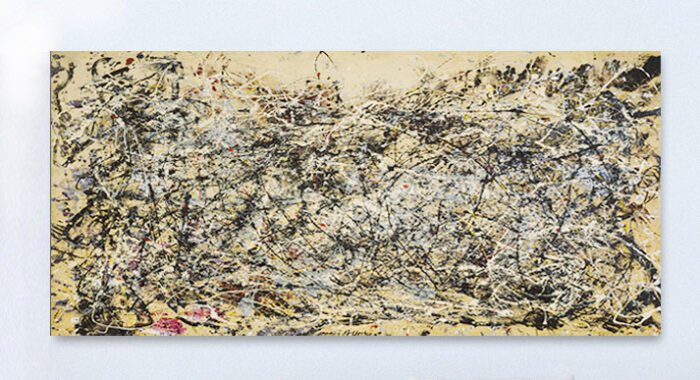


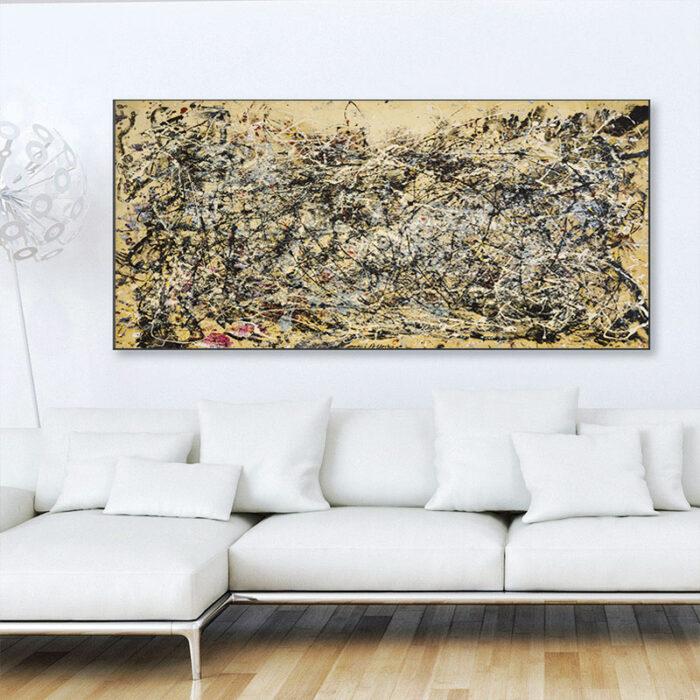
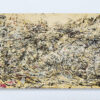
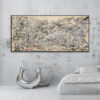


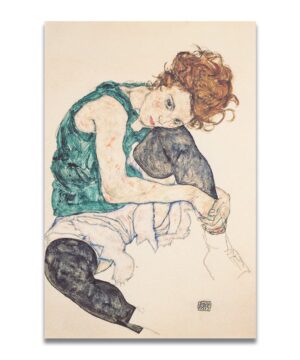
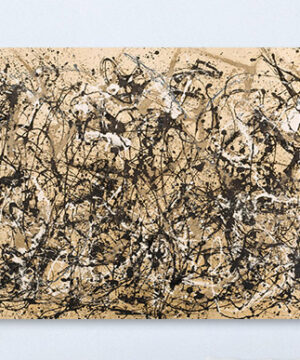
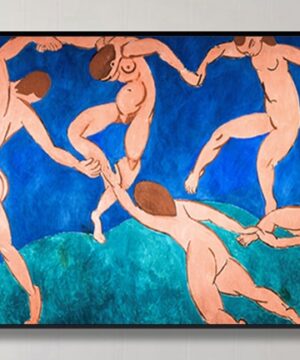
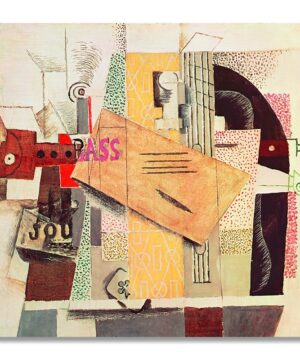
Reviews
There are no reviews yet.